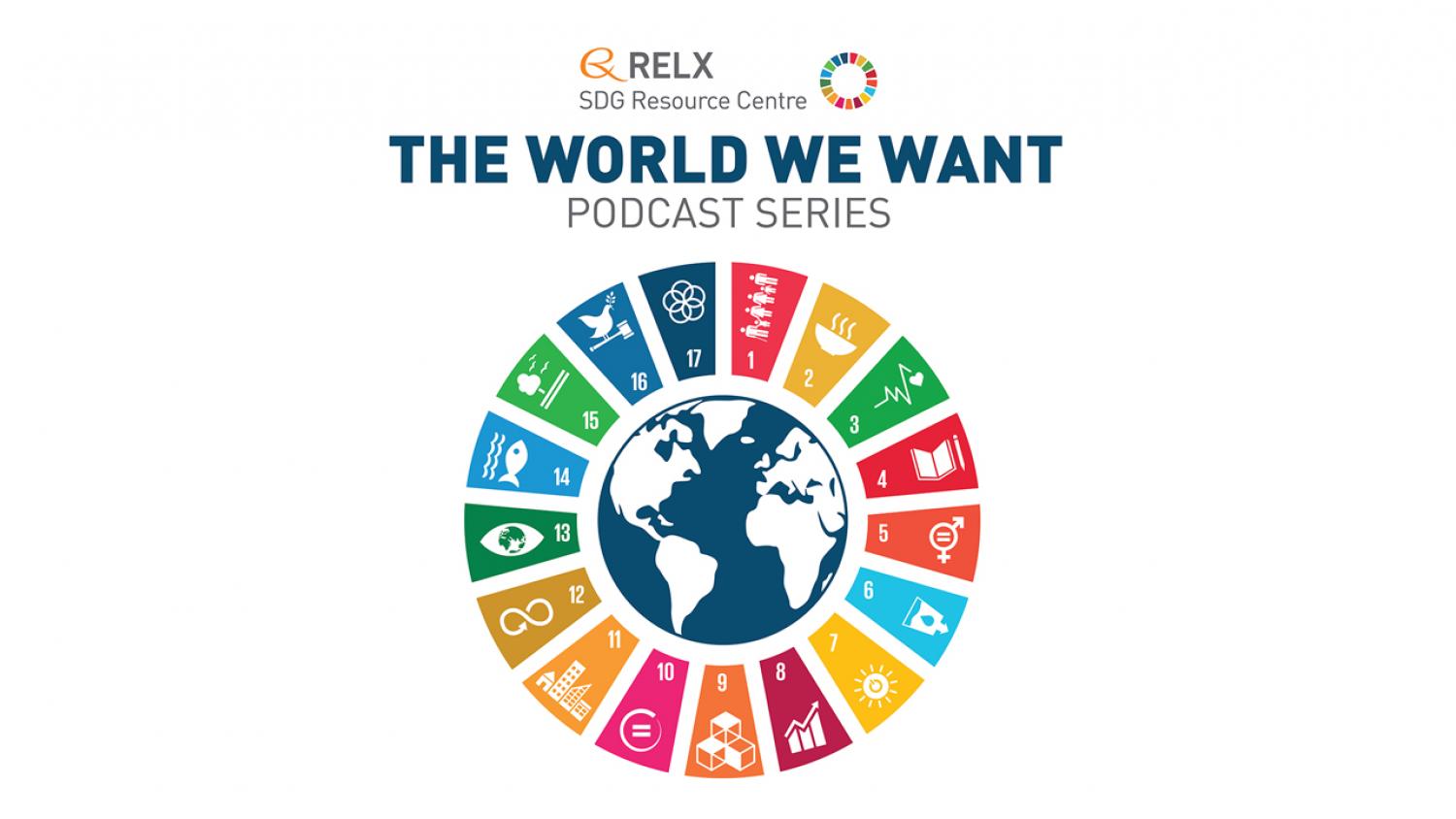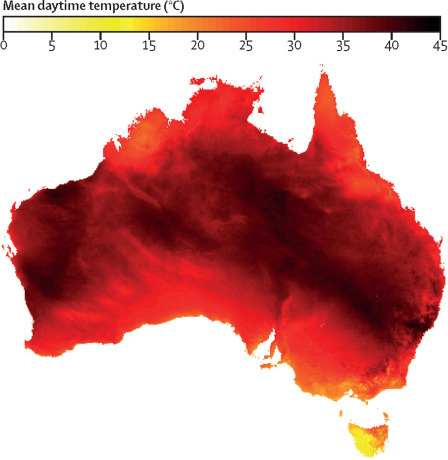Thermal energy, also known as heat energy, is the internal energy present in a system due to the kinetic energy of its particles. This energy forms an integral part of our lives, as it powers everything from the electricity in our homes to the gas in our cars. It also forms a crucial link to the United Nations' Sustainable Development Goals (SDGs), which is a universal call to action to end poverty, protect the planet, and ensure that all people enjoy peace and prosperity by 2030.
SDG 7, Affordable and Clean Energy, is particularly relevant in the context of thermal energy. Traditional methods of harnessing thermal energy, such as burning fossil fuels, are highly polluting and contribute significantly to climate change. This method contradicts SDG 13, Climate Action, which aims to reduce greenhouse gas emissions. As such, there's a pressing need to transition towards more sustainable forms of thermal energy.
Harnessing thermal energy in a clean, sustainable manner can play a significant role in achieving the SDGs. Geothermal energy, a type of renewable thermal energy generated and stored in the Earth, is a case in point. This energy source, when properly harnessed, can provide reliable, base-load power with minimal environmental impact. It's aligned with both SDG 7, as it provides affordable and clean energy, and SDG 13, as it helps mitigate the effects of climate change.
Moreover, excess thermal energy from industrial processes can be captured and reused, a practice known as waste heat recovery. This method not only conserves energy but also reduces emissions and operational costs, thus contributing to SDG 12, Responsible Consumption and Production. Similarly, advances in thermal energy storage systems can ensure a more efficient use of energy resources, again supporting SDG 7 and 12.
The potential of thermal energy in helping achieve the SDGs extends beyond these examples. By integrating thermal energy considerations into broader energy and climate strategies, we can make significant strides in achieving a sustainable, inclusive, and resilient future for all. The relationship between thermal energy and the SDGs demonstrates that the path to sustainable development is not a one-way street. It's an interconnected network of pathways that requires the balanced and responsible management of all forms of energy.
Background: Increasing air conditioner use for cooling indoor spaces has the potential to be a primary driver of global greenhouse gas emissions. Moving indoor air with residential fans can raise the temperature threshold at which air conditioning needs to be turned on to maintain the thermal comfort of building occupants. We investigate whether fans can be used to reduce air conditioner use and associated greenhouse gas emissions.
Advances in Thermal Energy Storage Systems, Second Edition, Methods and Applications, Woodhead Publishing Series in Energy, 2021, Pages 673-697
Compared to other climate regions of the world, Mediterranean regions are likely to experience more severe effects of climate change as rainfall decreases and temperatures increase. Global climate change models predict a reduction in rainfall and rise in the temperature of rivers in South Africa's Cape Fold Ecoregion (CFE) – a Mediterranean region in the south-west corner of the country.
It is well known that there is a need to develop technologies to achieve thermal comfort in buildings lowering the cooling and heating demand. Research has shown that thermal energy storage (TES) is a way to do so, but also other purposes can be pursued when using TES in buildings, such as peak shaving or increase of energy efficiency in HVAC systems. This paper reviews TES in buildings using sensible, latent heat and thermochemical energy storage.
This paper defines the concept of 4th Generation District Heating (4GDH) including the relations to District Cooling and the concepts of smart energy and smart thermal grids. The motive is to identify the future challenges of reaching a future renewable non-fossil heat supply as part of the implementation of overall sustainable energy systems.


